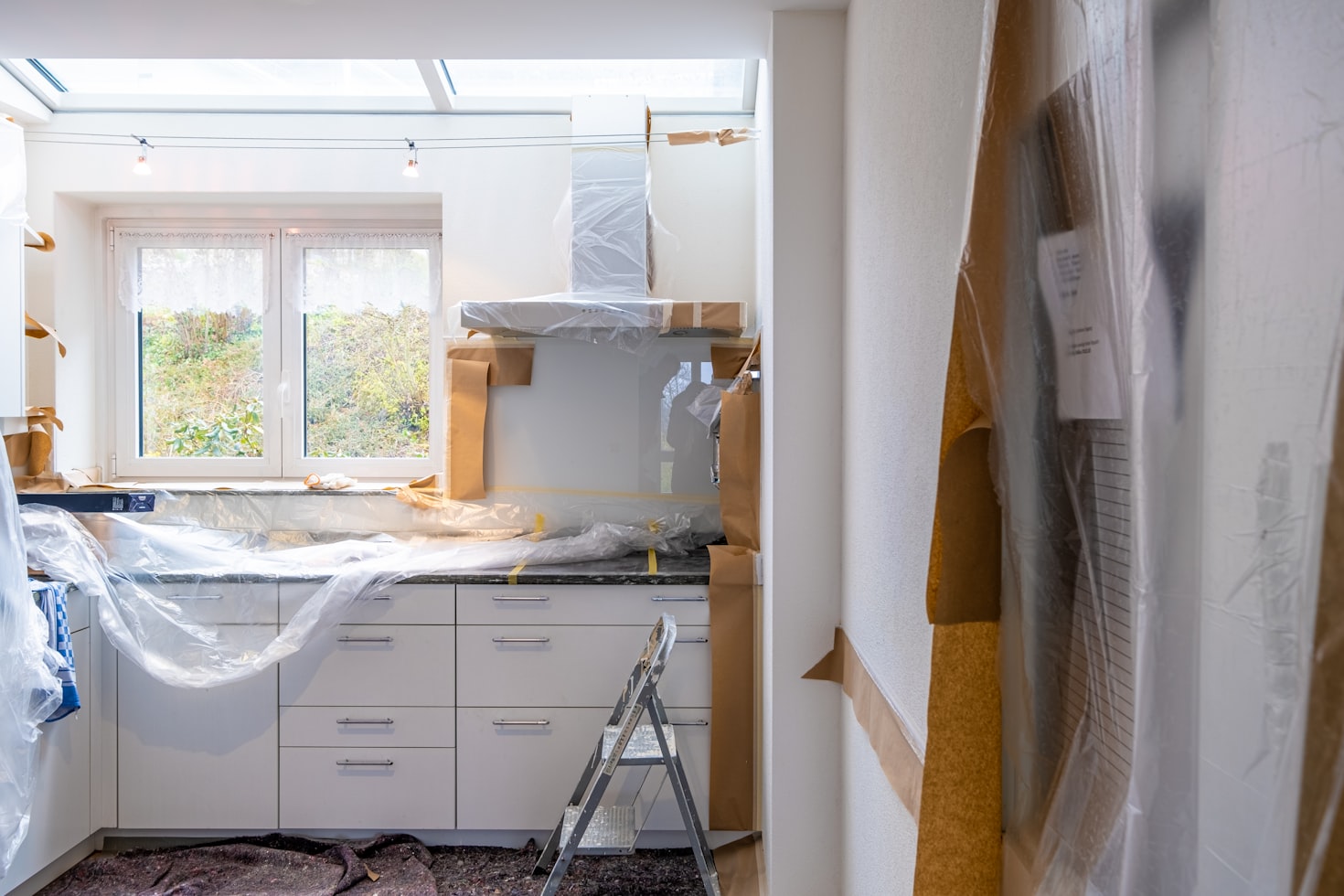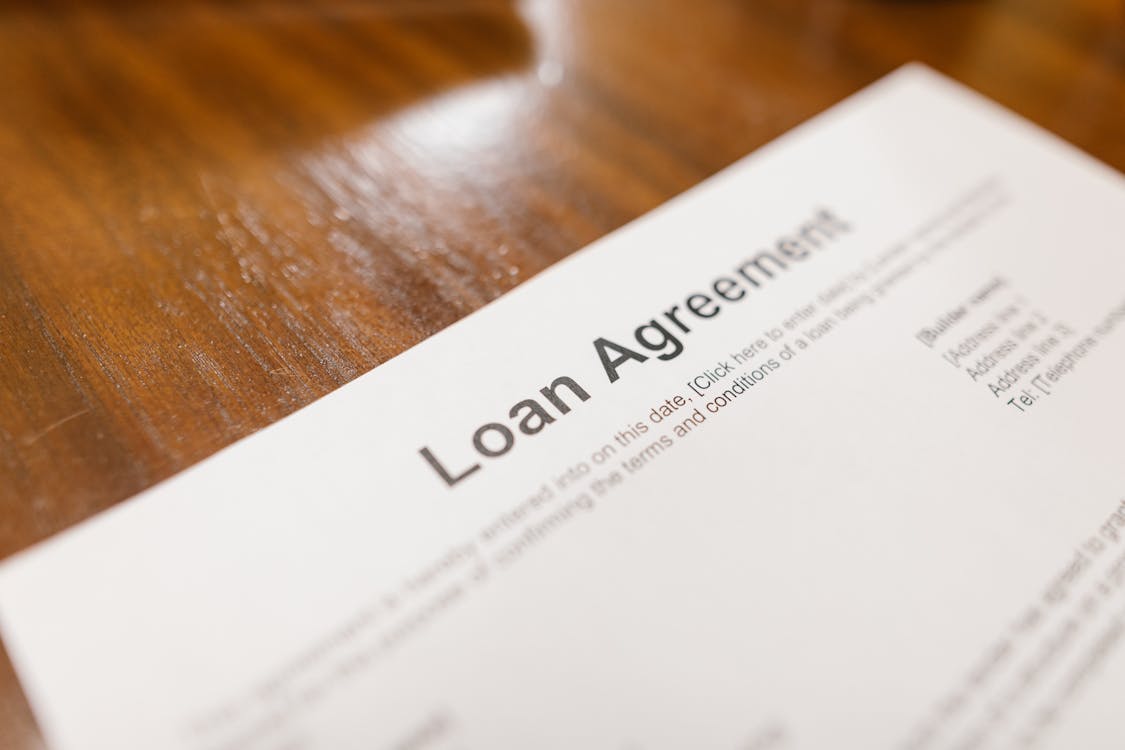A fix-and-flip project is an exciting opportunity to transform a distressed property into a profitable investment. However, the success of your project relies on securing the right fix-and-flip financing.
Let’s break down the key factors to consider when seeking financing for your fix-and-flip project. From property valuation and risk management to fix and flip loans, continue reading about the process for a successful investment.
Understanding the Basics
Before delving into the specifics, it’s crucial to grasp the fundamentals of fix-and-flip financing. Fix-and-flip loans are short-term loans designed to cover the purchase price of a property, renovation costs, and other associated expenses. Unlike traditional mortgages, these loans typically have higher interest rates but offer flexibility and faster approval processes.
Property Valuation
The first step in securing financing for your fix-and-flip project is determining the accurate valuation of the property. Conduct a thorough analysis of the property’s current condition, comparable sales in the area, and potential after-repair value (ARV). Lenders will closely scrutinize this information to assess your project’s feasibility and potential profitability.
Loan-to-Cost Ratio (LTC)
In fix-and-flip financing, the Loan-to-Cost Ratio (LTC) is crucial. It shows how much the lender will cover for the project cost. Usually, lenders fund up to 90% of the purchase price and 100% of renovation costs. But knowing the exact terms is vital to avoid surprises later on.
After-Repair Value (ARV)
Determining the After-Repair Value is vital for estimating the potential resale value of the property after renovations. Lenders use the ARV to assess the project’s overall risk and to determine the loan amount they are willing to provide. Accurate ARV calculations are crucial for securing financing that adequately covers both the purchase and renovation costs while ensuring a profitable exit strategy.
Renovation Budget
Developing a detailed renovation budget is a cornerstone of successful fix-and-flip financing. Outline all anticipated costs, including materials, labor, permits, and unexpected contingencies. A well-prepared and realistic renovation budget not only assists in securing the right amount of financing but also demonstrates to us that you have a comprehensive understanding of the project.
Choose the Right Financing Option
Exploring various loan options is crucial when considering property valuation for your real estate venture. Here are three distinct methods to secure financing:
Traditional Mortgages
Traditional mortgages, offered by banks and credit unions, are common for homebuyers, but they’re not always the go-to for property investors.
These loans often involve a detailed application process and stringent credit requirements. While they may offer lower interest rates, the approval process can be lengthy, making them less suitable for time-sensitive real estate investments.
Hard Money Loans
Hard money construction loans provide a faster and more flexible option for property investors, particularly those engaged in fix-and-flip projects. These loans are asset-based, relying on the property’s value rather than the borrower’s credit score.
Hard money lenders, like us at Insula Capital Group, are known for their quick approval process, making them ideal for investors seeking rapid financing. However, interest rates are typically higher, and repayment terms are shorter, reflecting the increased risk the lender takes.
Private Money Lenders
Private money lenders, often individuals or small groups like Insula Capital Group, offer a more personalized approach to financing. These loans are based on relationships and trust, allowing for more flexible terms compared to traditional mortgages.
While interest rates may vary, we focus on the potential profitability of the investment, making us a viable option for property investors seeking customized financing solutions. Working with private money lenders can be advantageous, especially for those who value a more individualized and collaborative lending experience.
Creditworthiness
While fix-and-flip financing is often more flexible than traditional loans, your creditworthiness still plays a role in securing favorable terms. Lenders may consider your credit score, financial history, and experience in real estate investing. Be prepared to present a strong case for your project and demonstrate your ability to manage finances responsibly.
Repayment Terms
Carefully review the repayment terms offered by lenders. Fix-and-flip loans typically have shorter terms, ranging from six months to a few years. Understand the interest rates, repayment schedule, and any associated fees. A clear understanding of the terms ensures you can meet your financial obligations and maximize your profit upon resale.
Down Payment Requirements
While fix-and-flip loans may cover a significant portion of the project costs, a down payment is still required. Be prepared to contribute a percentage of the purchase price or renovation costs from your own funds. This down payment demonstrates your commitment to the project and reduces fraud risk.
Contingency Planning
No fix-and-flip project is without unforeseen challenges. It’s crucial to incorporate a contingency plan into your financing strategy. This reserve should cover unexpected costs, delays, or any other issues that may arise during the renovation process. A well-prepared contingency plan safeguards your investment and instills confidence in the lenders.
Risk Management
Mitigating risks is an integral part of any fix-and-flip project. Evaluate potential risks such as market fluctuations, unexpected construction delays, or overestimating the ARV. Develop a comprehensive risk management plan that addresses these concerns and demonstrates to lenders that you have considered various scenarios. This proactive approach increases your chances of securing financing and ensures a smoother project execution.
Common Pitfalls to Avoid
Successfully valuing a property for real estate investment requires a thorough understanding of potential pitfalls. Here are common mistakes to steer clear of:
Overlooking Due Diligence
Rushing through due diligence can lead to costly oversights. Investigate property history, potential liens, and zoning regulations. Failure to conduct thorough due diligence may result in unexpected issues that could impact the property’s value and your investment returns.
Underestimating Renovation Costs
Underestimating the true costs of renovations can wreak havoc on your budget. Obtain detailed quotes from contractors, consider unforeseen expenses, and build a realistic budget to provide to your long-term private money lenders. Failing to accurately estimate renovation costs can erode your profit margins and jeopardize the success of your investment.
Ignoring Market Trends
Neglecting to stay informed about current market trends can lead to poor investment decisions. Monitor local property values, rental rates, and demand trends. Ignoring market trends may result in purchasing a property at an inflated price or missing out on lucrative opportunities.
Fix-and-flip financing requires a strategic and informed approach. You can confidently navigate the financing process by understanding the key factors involved.
Choosing the right private money lenders for real estate investing is crucial to your success. At Insula Capital Group, we provide tailored financing solutions that empower you to navigate the complexities of fix-and-flip projects.
Want to apply for a fix-and-flip loan? You have come to the right place! Fill out this form, and we will get back to you.







